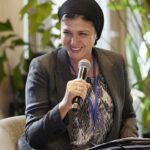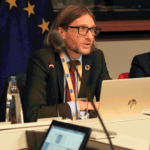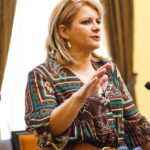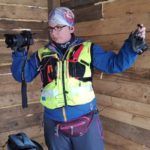Voices from the field
Elisa Korpelainen
"We are all fighting a common enemy: forest fire"
The risk of forest fires throughout immense regions like Karelia will increase in the future because of climate change. Monitoring practices can be expensive, and many forest land managers lack accurate information on how to better deal with this calamity. An ENI CBC microproject – “Fire Brake” – has been researching forest fire modelling and monitoring capacities, so that both Russia and Finland can improve their fight against woodland flames. By mitigating the risk.
“To use drones to monitor forest fires? Yes, it’s a possibility, although not many people are doing it yet”. Elisa Korpelainen, 28, from the Finnish technology company Arbonaut Ltd, is the manager of “Fire Brake”, the first project – the Karelia CBC Programme – to cut the arrival ribbon within the whole ENI CBC Community. TESIM asked her a few questions.
Elisa, this project lasted only six months: isn’t this too short to achieve results?
You can achieve a lot in six months if you are researching, working together and preparing the ground for future activities, maybe even for bigger development projects.
So what was the purpose of this microproject?
We were tasked to study which resources are today available to better manage the risk of forest fires, so that the different entities on both sides of the border, Russia and Finland, could be presented with a variety of tools and solutions to improve their own capacity to do so.
Are forest fires a real risk for Karelia region?
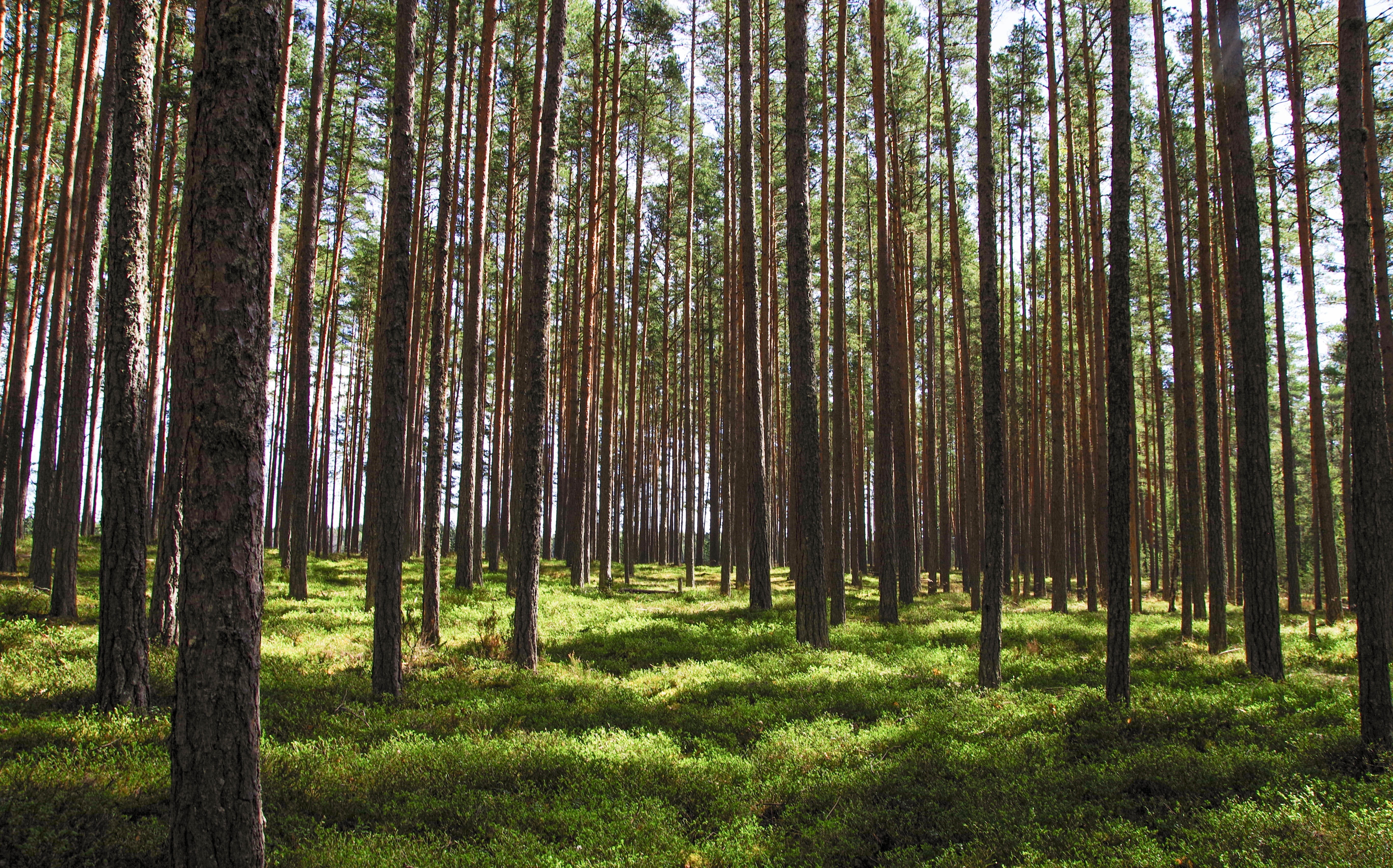
Yes, together with windstorms, forest fires are the largest natural threat that boreal forests must cope with. Please consider that we are talking about an immense area: out of 172.000 km2 of territory in the Republic of Karelia in Russia, and 81 000 km2 of territories of Finnish North-Ostrobothnia, Kainuu and North Karelia regions, the greatest majority is forest land.
Is climate change increasing this risk?
Absolutely. Extreme weather conditions, like draught and heat waves, are increasing the risk of fires. The drier and hotter summers are, the bigger the size and amount of fires. Which is what is happening today.
Isn’t fire good sometimes for forests?
To some extent it’s true, fire can be good for biodiversity. But the benefits and the risks must be balanced, so that the people and infrastructure stay safe while biodiversity is taken into account too.
Is there an ideal way to manage forest fires?
Well, there are several things that can be done to mitigate risks of forest fires. For example, road networks are a plus, not only because it’s easier to get rescue services in the field to suppress the flames, but also because if citizens can access forests, even to pick up berries or enjoy nature outdoor, they can help in the detection and reporting, which is always a major problem. It’s also essential to map forest resources data, information about the distribution of vegetation and the terrain: often the response to fire is slowed down because time is lost to investigate conditions in the field, instead of taking immediate decisions. So fires get bigger….
Fortunately, nowadays technology is helping: which mapping tools would you recommend?

Today for example laser scanning allows a very good mapping of vegetation, its distribution, its growth. This is an essential information when you must tame a fire, but also when you need to prevent it, for example cutting vegetation prone to combustion. Sensors are mounted on planes and helicopters; some countries have scanned entire areas to obtain high quality data.
And when it comes to monitoring?
There are several tools: satellite images are commonly used, also because they provide open source free data. Aerial images continue to be used because they have higher resolution compared to satellites. And then there are UAV, Unmanned Aerial Vehicles, little planes with no pilots, able to fly autonomously…
Like drones?
Yes, a sort of. They have big potential for forest fire managing and suppression, but they are not yet widely used for that purpose, it is something still under research.
To produce your research, you worked with the Russian counterpart, the Vodlozero National park: which benefits have the 2 parties received from this cooperation?
I’ll give you a concrete example: sometimes the response to fire is slowed down by burocratic issues, the need of permits, the fact of not knowing who is on the other side, whom to address. This project has enhanced the communication between the two sides, which have undertaken to establish an increased exchange of information on different matters. In the end, this will be very beneficial to both Russian and Finnish citizens living in border areas. After all, fires and smoke can travel long ways: we are all fighting a common enemy.
Elisa Korpelainen, 28, from the Finnish technology company Arbonaut Ltd, is the manager of “Fire Brake”.


